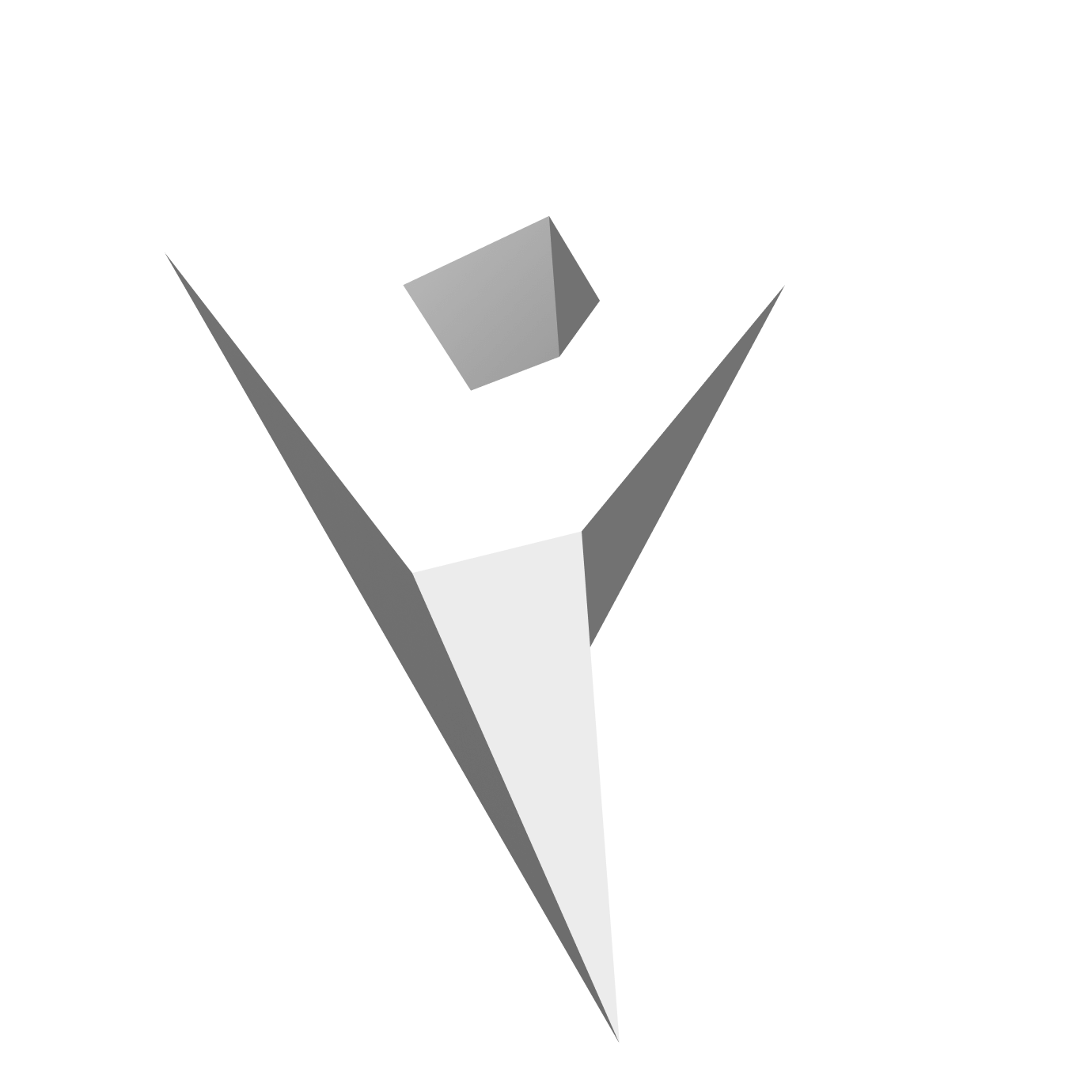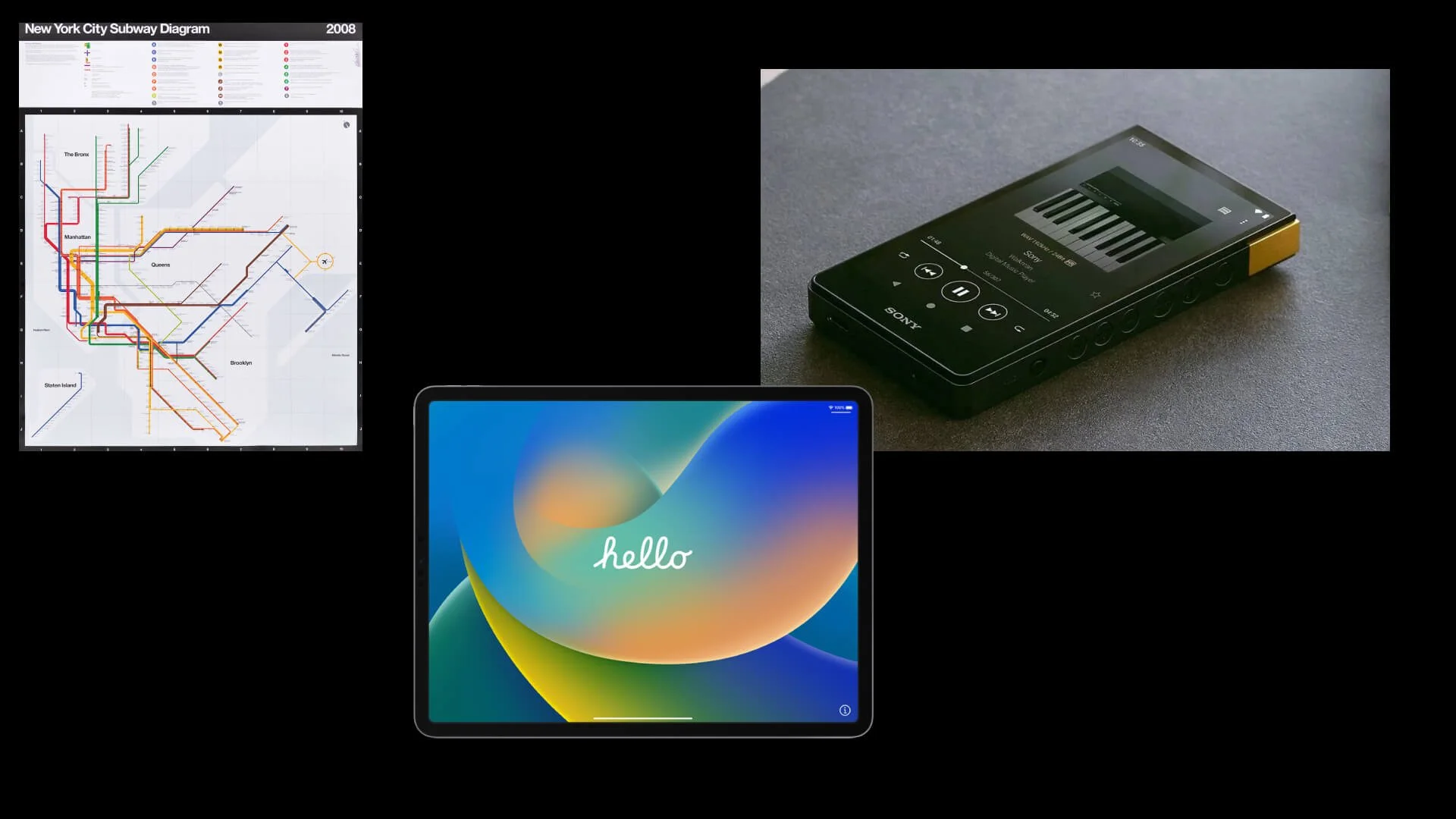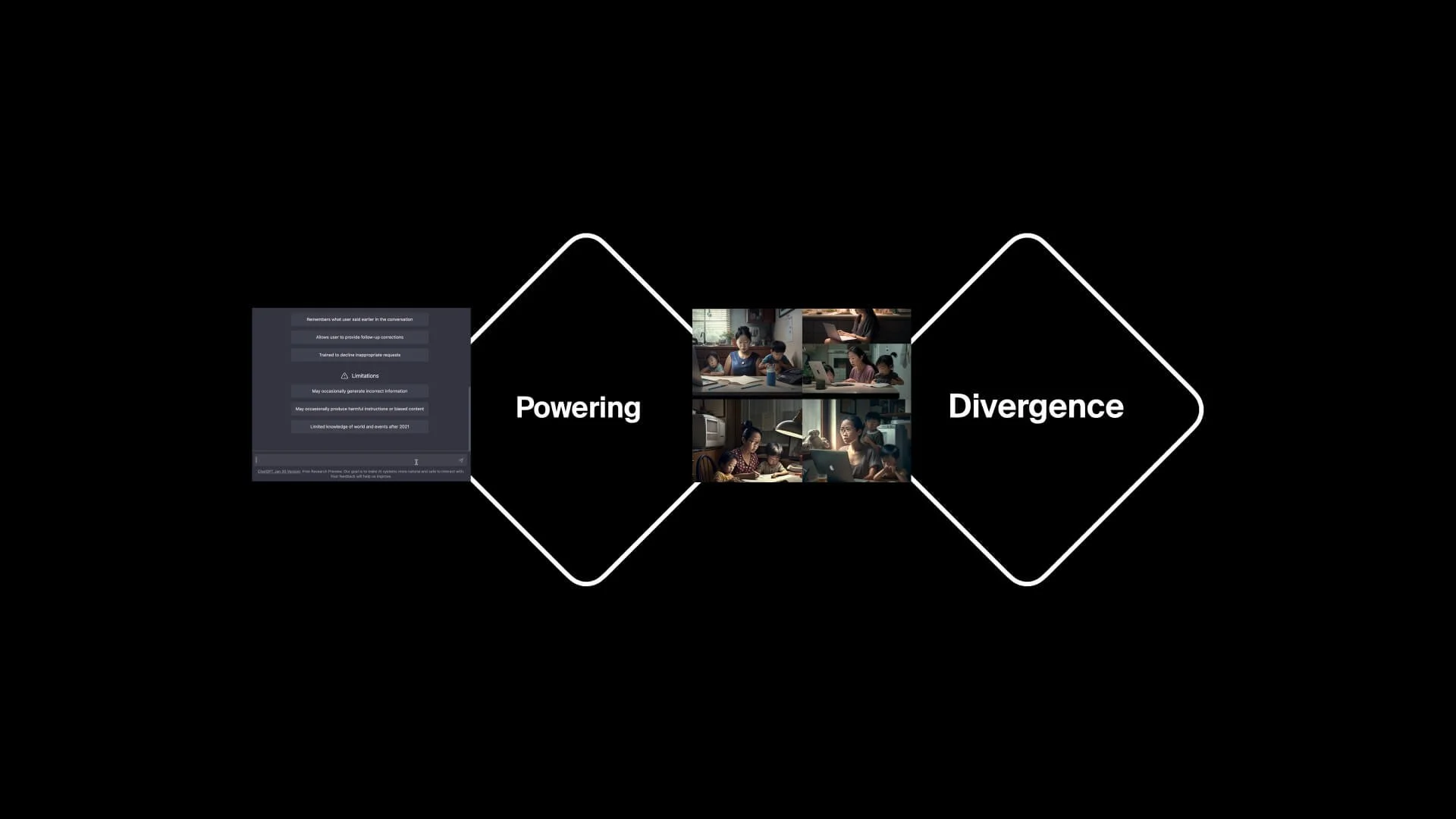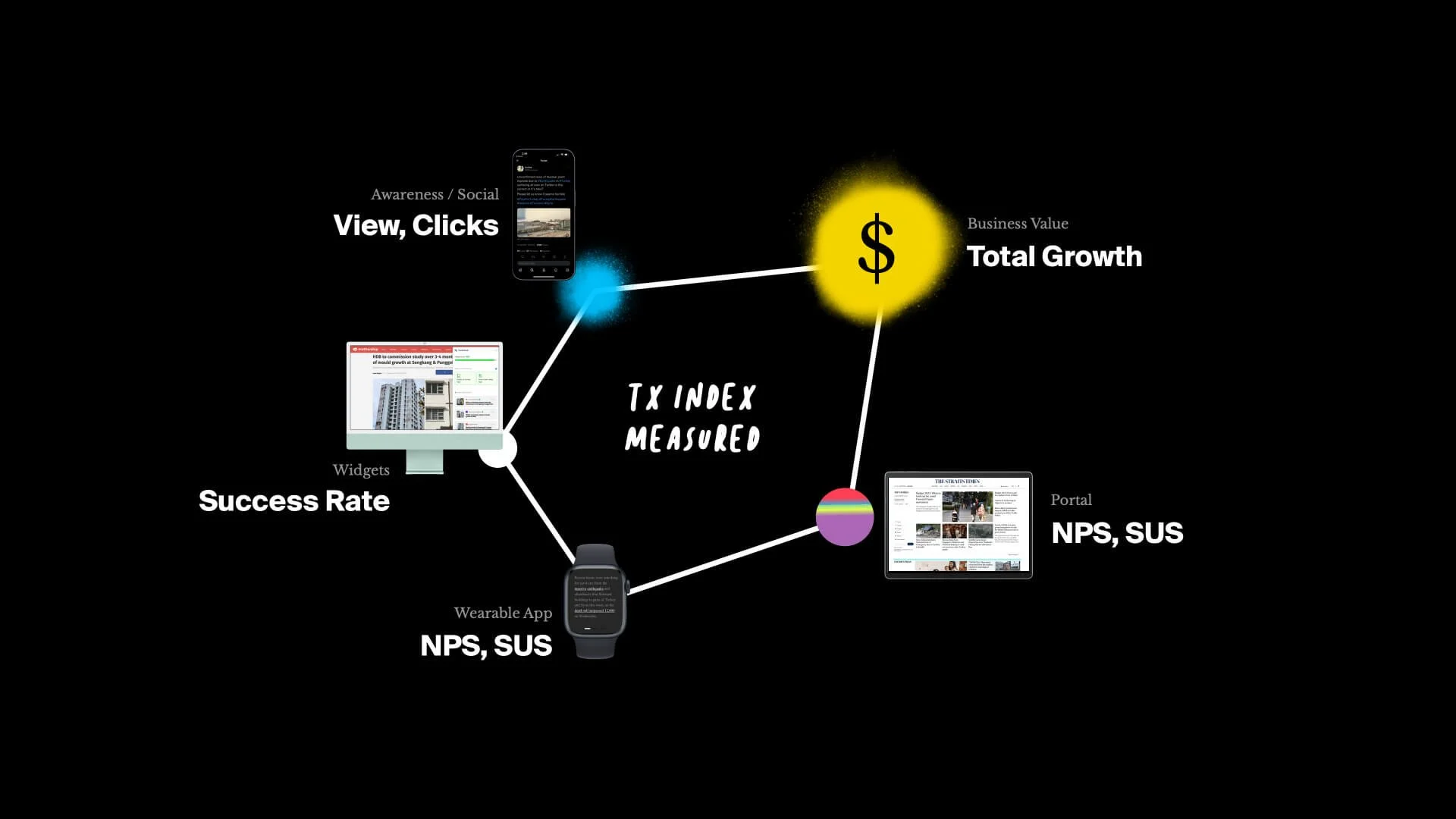Art of Design
What makes a design perfect?Form. Function. Soul.
In the ever-evolving nature of design, we’ve seen perfection captured in some of the greatest works in life. From the iconic NYC Subway map designed by Massimo Vignelli, to the sleek iMac and iOS Hello Screen (Thanks Apple!) and even in the new Sony Walkman (I’d love to try this), design has played a crucial role in creating products and experiences that we enjoy.
Today, design thrives, playing a significant role in the success of most industries. Designers can be found occupying prominent positions in small and large companies; and creative communities are growing at a global, local, and virtual scale — jamming and seeking mentorship altogether.
With growth, comes a forcible change. And through change, comes the avalanche of advancement. Like all other aspects of technology, design is not immune to change. Through the pressures of working at a faster pace, we’ve seen designers shift career appetites and transition into managerial or mentoring roles. That consequence has also led to fewer experienced designers being directly involved in the hands-on creative process.
Thanks to digitalisation and the democratisation of design, the use of Figma and lift-and-drop processes have become all too common. While they can help in systemising the design process of the organisation, they also limit the fundamental creativity and thoughtfulness of the individual — leading to a lack of originality and expression.
Soul is an Essential Element of Design.
Design is no singular thing.
There’s aesthetics, colours, compositions, and cultural influences which all contribute to how design is presented, and then experienced.. Then, functionality grounds us, ensuring that the design should be both useful and usable. Within that mix, we have form, where a design is meant to be unique and exciting.
But soul is what truly lights up an experience. It should embody the maker’s distinctive imagination and come with real purpose.
Here’s a perfect example of how the soul of a creator can make all the difference:
A Project Manager type interior designer can execute a client’s vision and align stakeholders. E.g. carpenters, tilers, etc
A Pinterest type interior designer simply executes the form as-is without the right thoughtfulness and creative process.
True designers like Kelly Wearsler and Paula Navone pour their creative passion into their work, applying vision, rigour, and effort to make it theirs.
The soul is what makes a design unique, representing both the character and the personality of the client and the designer. Kelly has likened this process to falling in love over and over again where each time she designs for a home, she opens up an entirely new dialogue and becomes deeply invested.
Let’s Make it Pop, TGTR.
Creative leadership is essential in creating exceptional designs. By weaving together the creative aspect of design means that the result is never just a sum of its parts. 1 + 1 is never 2. We need inspirational leadership to form the right platforms and cultures that encourage experimentation, expression, collaboration, and challenge everything that is the status quo. Designers must dare to pursue big ambitions with uniquely desirable outcomes in mind.
Superpowers over roles. Design teams can be composed of individuals with unique skills such as writers, researchers, artists, strategists, and engineers. By going beyond roles and focusing on the fundamental superpowers and skills within each team member, design teams can solve even the sharpest of all questions.
Research should inform the design process, but the responsibility of the design decisions ultimately sits with the creators. Experienced practitioners should handle the creative process with the right sensibilities and with care, taking into account the needs and the desires of the entire ecosystem for today and tomorrow.
Powering DesignOps with tech as we always have, with the latest iteration of iMacs, Photoshop, and Figma. How might we continue to power design and creativity by leveraging technology? Imagine the world of possibilities if we could use Chat GPT3 to diverge or Midjourney to storyboard for creators to empathise with the right context.
There are so many opportunities to turbocharge the diverging process with AI and apply rigour with human-craft.
Innovation for humankind. Structures for outcomes. Joyfully brave creative processes.Crafting Total Experiences.
The end-to-end creative process fuels the total experience. A holistic way of thinking — we craft and track in totality to enrich experiences and bring them to life. Service design, brand stories, customer experience, aesthetics, and tone of voice should all come together as one harmonious system.
No longer just form and function, we target and emphasise the soul. Let’s strive to create the best work of our lives that celebrates the soul and the creative process. Let’s craft things that truly make a difference in the world, together.
What makes a design perfect? It’s when the soul celebrates, and sings.



